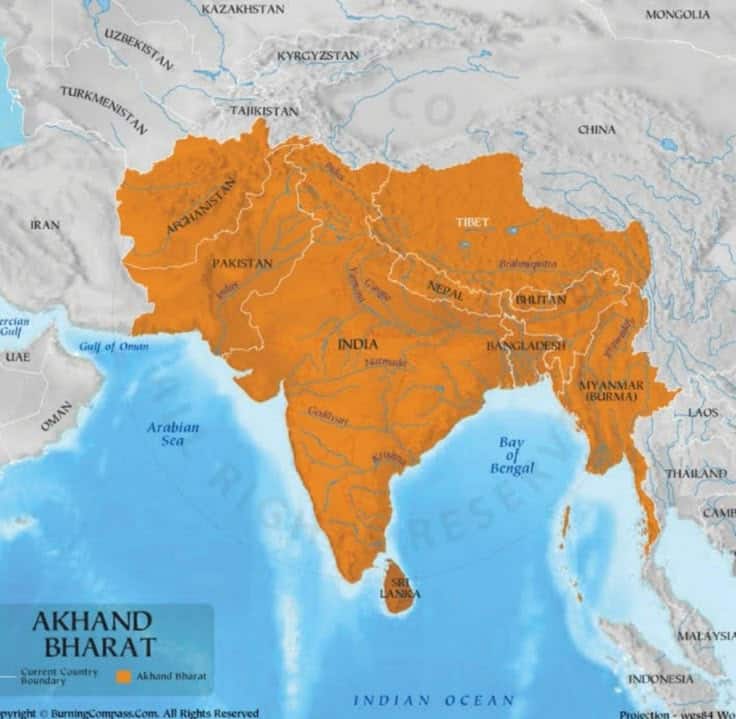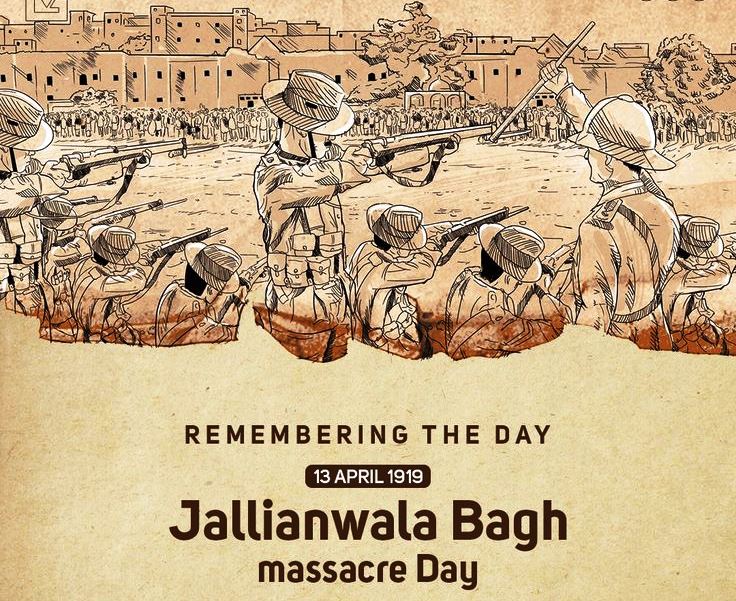



The United States of India
If India Had Gained Independence in 1857, Amazing Imagination. History is full of “what ifs.” Some are small — like what if you had caught the last train home. Others are huge — like what if India had won its independence in 1857 during the First War of Independence.
The uprising of 1857 was no small spark. It was a roaring fire lit by soldiers, peasants, rulers, and ordinary citizens who wanted to throw off the yoke of British rule. But we know how history unfolded: the revolt was crushed, and it took another 90 years for India to breathe the air of freedom in 1947.
But… what if the revolt had succeeded?
What if, in that moment, the Union Jack had fallen and our own tricolor had risen high?
What if the history of the next 150 years had been written by a free India from the very beginning?
A Nation Without Partition.
The most immediate difference ? There would be no Partition.
India, Pakistan, Bangladesh, and parts of Afghanistan, Myanmar, and Sri Lanka would still be one unified nation. There would be no dividing lines carved in pain, no mass migration, no bloodshed of 1947. Instead, we might have a map so vast that it would make present-day superpowers jealous.

Borders That Touch the Horizon.
In this alternate history, the Indian frontier would stretch far beyond what we know today. We could imagine our western border reaching Iran, while the east would brush against the Pacific shores. Such a vast territory would make India the largest country in the world in terms of both land and population — a true continental power.
A Federal Powerhouse.
This vast nation wouldn’t be a loose patchwork — it would likely evolve into a federal structure similar to the United States of America, but infused with Indian diversity.
Imagine states named Bengal, Punjab, Gujarat, Sindh, Kabul Province, Ceylon Territory, and Arakan State, all united under one constitution.The Economic Giant.
Without the economic drain of colonial rule, India’s industries, agriculture, and trade would have flourished decades earlier. We would not have spent our resources enriching the British Empire — instead, we would have reinvested in ourselves. By the year 1900, India might already be the world’s largest economy.

The Knowledge Superpower.
Our ancient centers of learning like Nalanda and Takshashila could have been revived in the 19th century itself. Universities in Delhi, Calcutta, Lahore, and Rangoon could have rivaled Oxford and Harvard. We could have been leaders in the Industrial Revolution, not followers.
Mastering the Seas and Skies.
A free India would have controlled its own trade routes — railways, shipping lines, and later, airlines. By the 1920s, India could have become a maritime superpower, controlling commerce from the Persian Gulf to the South China Sea.
The Wealth Stays at Home.
There would have been no plunder of treasures, no loss of priceless artifacts.
The Koh-i-Noor diamond would still sparkle in Delhi. Ancient manuscripts, gold, and cultural treasures would be intact.

If 1857 Had Brought Freedom.
If India had won freedom in 1857, history’s darkest chapters might never have been written. There would be no Partition in 1947, and kayi lakh log dango me marne se bach jaate. Families would have stayed together, not torn apart by riots and bloodshed. The Jallianwala Bagh massacre of 1919 — where unarmed Indians were gunned down — would never have stained our history. Our people would already be free; no foreign power to suppress them. And perhaps, Gandhiji’s assassination would never have happened. In a united, self-ruled India, his voice of peace might have guided the nation for many more years. 1857 could have given us not just freedom — but freedom without tragedy.

Cultural Confidence.
Indian languages — Hindi, Urdu, Tamil, Bengali, Sanskrit — could have become world languages by now, spoken and respected globally, With our fertile lands and advanced irrigation, Indian farmers could have fed not just our nation, but many others.
Final Thoughts.
“A lot of other big things are there which are difficult to include in this short article.” Alternate history can be a fascinating exercise, but it’s also a reminder of how much potential was delayed by colonialism. India’s 1857 revolution was more than a failed mutiny — it was the first heartbeat of a free nation.
If independence had come then, perhaps we would already be living in a world where The United States of India leads in economy, technology, culture, and peace. But history gave us a different path — and perhaps, the challenge to build that future ourselves.


Very nice and emotional article, that every indian should want to know.